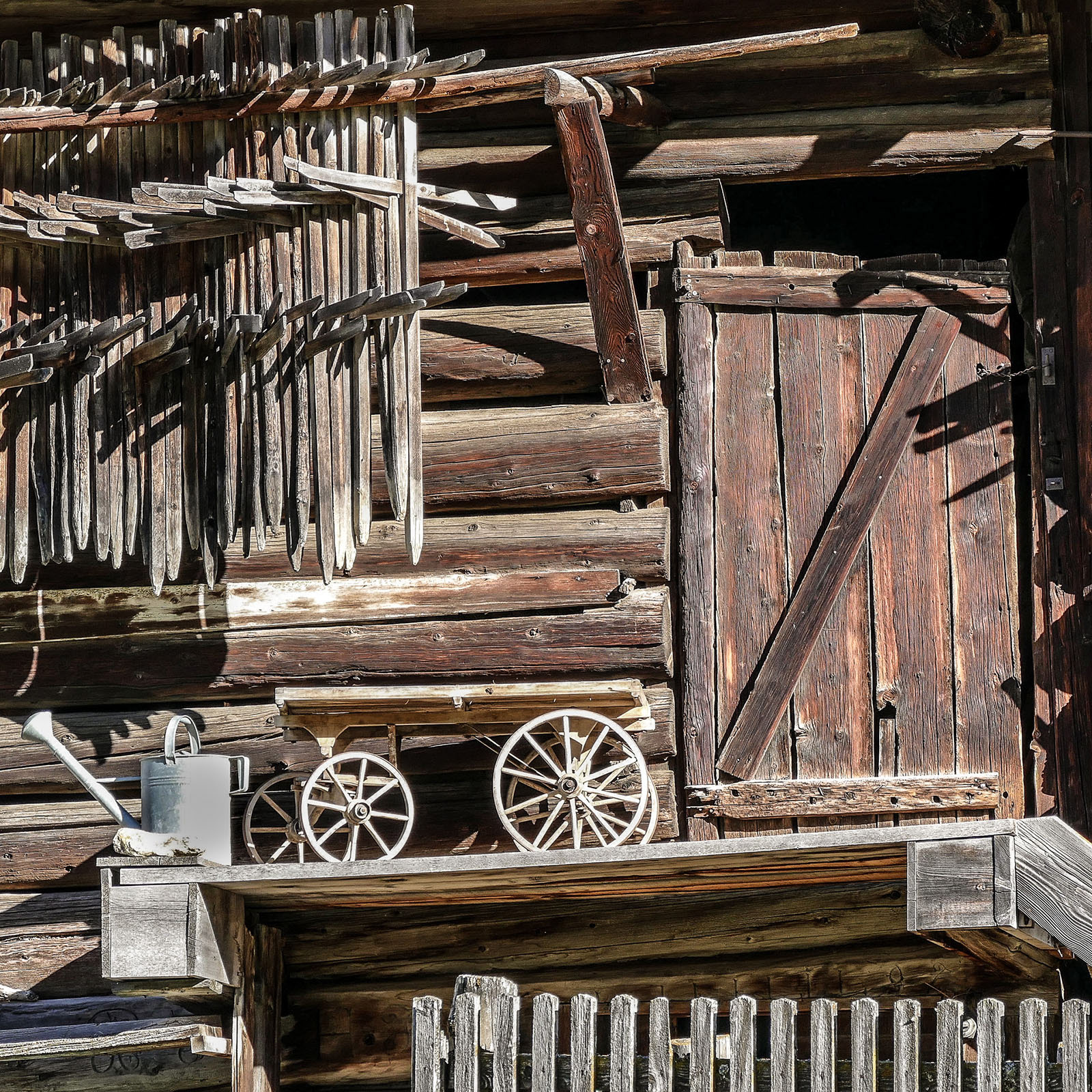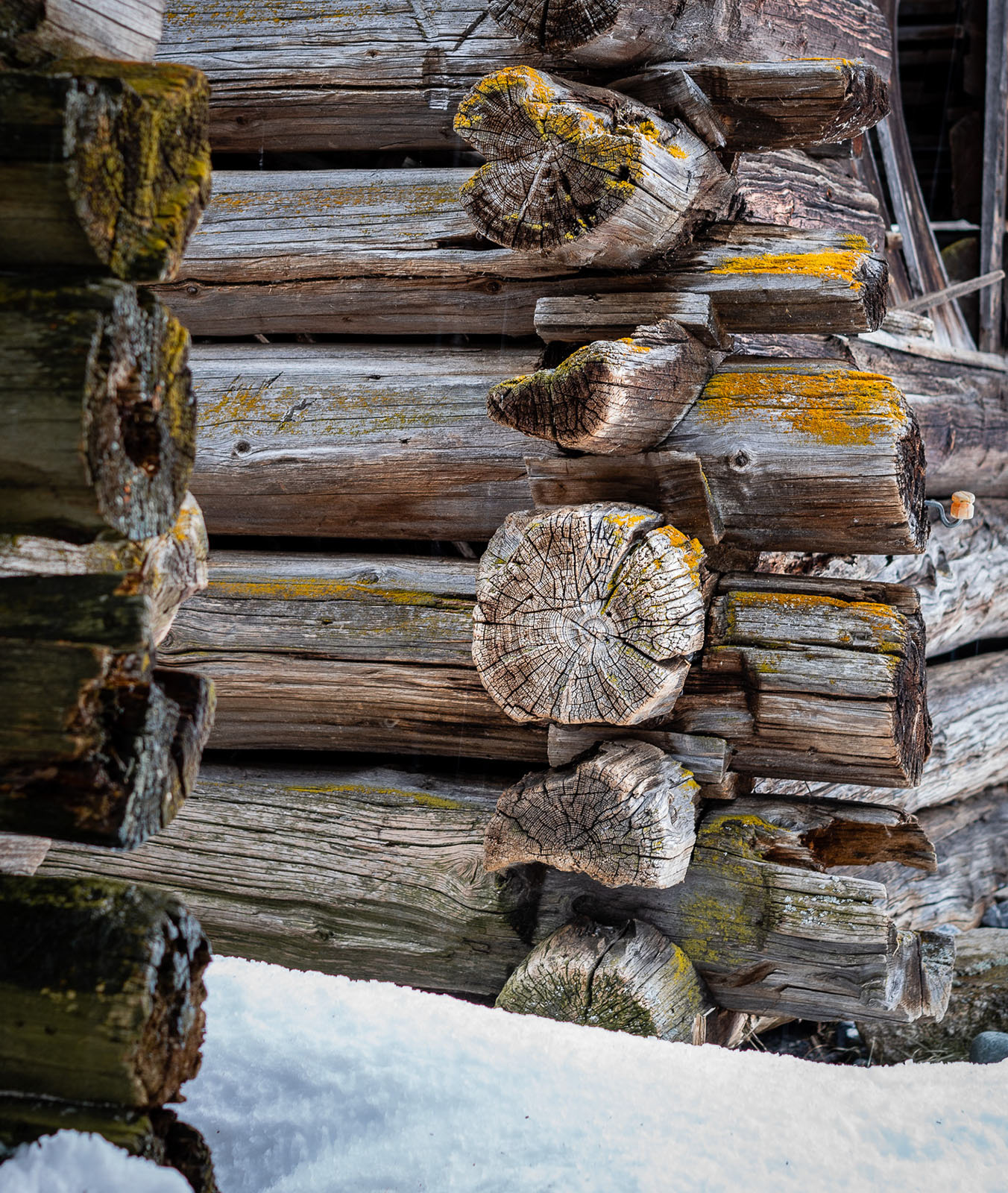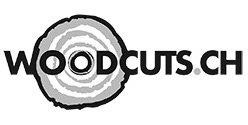Wabi-Sabi: Beauty in Imperfection
Wabi-Sabi is a Japanese concept, an aesthetic and a worldview. The phrase doesn’t easily translate from Japanese into English. Put simply, it’s an intuitive way of living that emphasizes finding beauty in imperfection, and accepting the natural cycle of growth and decay.
The term Wabi refers to harmony and tranquility. Its meaning has evolved from describing something sad and desolate to describing something that is purposely humble and in tune with nature.
Sabi by itself refers to the natural progression of time, and carries with it an understanding that all things will grow old and become less conventionally glossy and beautiful. Yet, things described as “sabi” carry their age with dignity and grace.
I consider my Woodcuts to show the main traits of the Wabi-Sabi aesthetics: simple, humble, imperfect, asymmetrical, irregular, course, rough-textured, with patina, weathered – a symbol of transcience. It’s a story of natural laws and processes, showing their inherent beauty – the venerable beauty of old age. I consider it a privilege that in December 2019 I could donate five of my large-print Woodcuts to a senior citizens’ home in Zurich, where they adorn a corridor in a newly refurbished wing.
Sources:
Leonard Koren: Wabi-Sabi for Artists, Designers, Poets and Philosophers. 1994.
Leonard Koren: Wabi-Sabi. Further Thoughts. 2015.
www.altalang.com/beyond-words/wabi-sabi-translating-the-beauty-in-imperfection







→ Back to INSPIRATION
